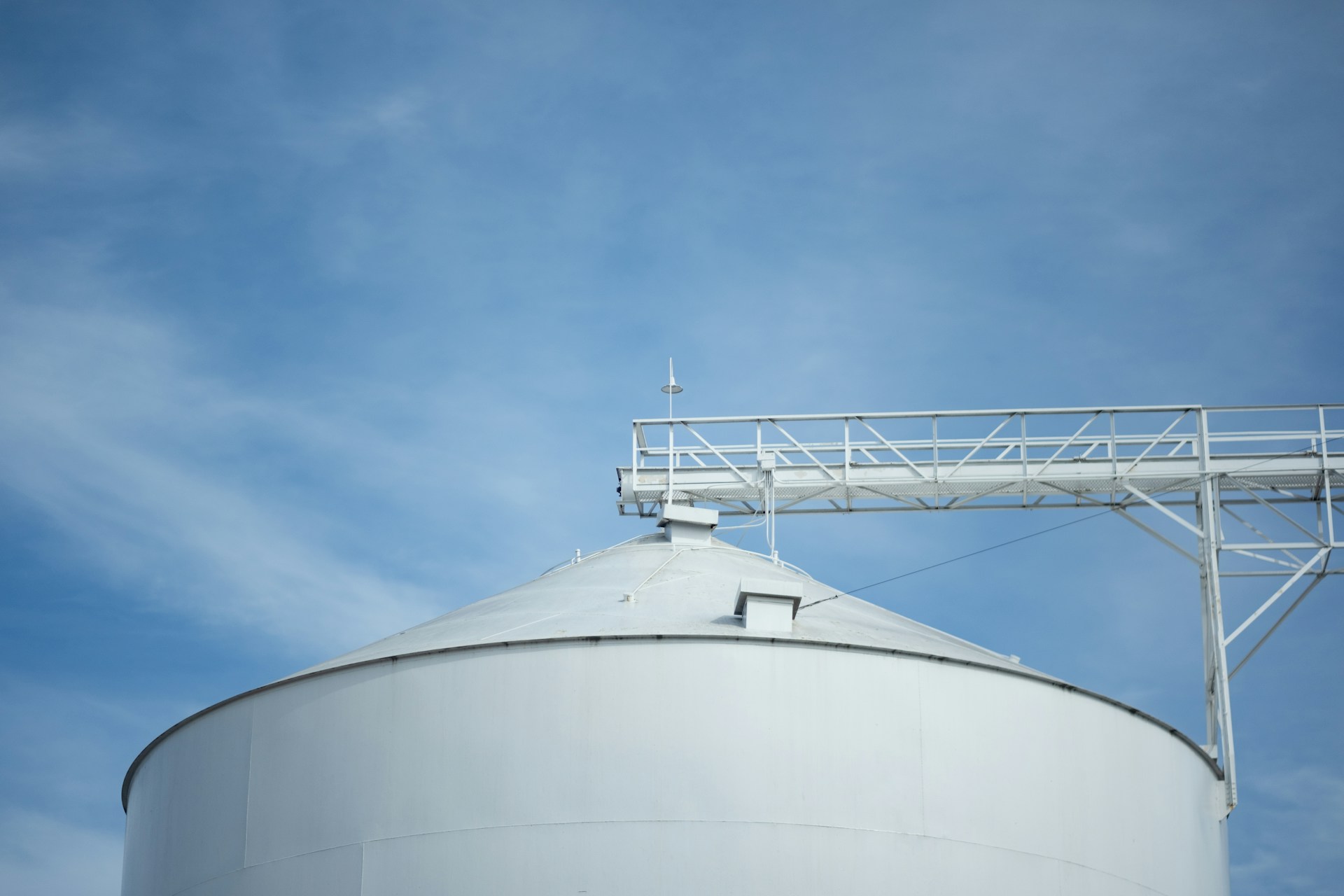
Tanks play a crucial role in storing and supplying water for various applications. However, like any infrastructure, they are susceptible to wear and tear over time. Addressing structural weaknesses in ageing tank systems is essential to prevent potential failures and ensure the safe storage of fluids. Regular tank maintenance and timely repairs not only enhance their longevity but also safeguard their contents.
Regular inspections and upkeep can reveal early signs of damage, allowing for prompt repairs that can save resources in the long run. Ignoring these issues can lead to more severe problems, such as leaks or structural collapses, which can be far more costly to repair. By actively addressing these challenges, one can extend the life of tanks and maintain their effectiveness for years to come.
Identifying Common Structural Weaknesses
Ageing tanks reveal common structural issues, often caused by environmental factors, material degradation, or improper maintenance. Recognizing these problems early is key to preventing further damage. Here are some structural weaknesses to watch out for:
– Corrosion: Most metal tanks suffer from corrosion, especially in harsh environmental conditions or with prolonged exposure to water and chemicals. Look for rust spots, particularly around welds and joints.
– Cracks and Leaks: These are more common in concrete tanks. Cracks can develop due to settlement, temperature fluctuations, or inadequate reinforcement.
– Sediment Build-up: Accumulated sediment can put pressure on the tank floor and walls, potentially leading to cracking or weakening of these structural components.
Spotting these weaknesses early involves regular inspections. Watch for signs like unusual damp patches, unexpected decreases in water level, or visible cracks. Sometimes, strange or unpleasant odours can also indicate the presence of leaks or contamination.
Monitoring the tank’s condition is a proactive strategy to avert any unwanted surprises. Regular attention to detail can prevent minor issues from escalating into costly repairs. Staying observant and conducting routine inspections are pivotal steps in maintaining a safe and efficient storage system.
The Role of Professional Inspections
Regular inspections by professionals are indispensable for any tank maintenance plan. These inspections are more than just a quick check; they provide a comprehensive evaluation of the tank’s health. Experts can detect subtle signs of wear that might go unnoticed by untrained eyes. They know what to look for, whether it’s a faint rust spot nestled in a corner or an odd vibration felt during operations.
A thorough inspection usually involves several steps. First, professionals assess the tank’s exterior and interior for visible damage like rust or leaks. Then, they often employ non-destructive testing techniques to examine areas that are harder to assess visually. This might include ultrasound technology to measure the thickness of tank walls, ensuring they haven’t thinned out over time. By uncovering hidden problems early, these inspections can prevent minor issues from growing into significant concerns.
Effective Tank Repairs
Once professionals identify structural weaknesses, the next step is implementing proper repairs. Different methods are available, tailored to the type of damage and material of the tank. For metal tanks, repairing corrosion might involve patching or replacing affected sections. On the other hand, concrete tanks with cracks may require specialized fillers or liners to restore structural integrity.
Relying on skilled technicians ensures that repairs are not only executed correctly but also extend the life of the system. Professionals possess the tools and experience needed to perform these tasks efficiently, minimizing downtime and stress. By investing in these services, owners benefit from peace of mind and a tank system that continues to perform at its best.
Preventative Measures to Strengthen Ageing Tanks
Taking proactive steps to maintain tanks is as important as conducting repairs. One effective approach is regular cleaning, eliminating sediments that can exert pressure on the tank’s walls. Implementing protective coatings can also shield metal tanks from corrosion, while periodic sealing of concrete tanks prevents moisture ingress.
Upgrades can enhance the longevity of ageing tanks, too. For instance, installing covers can reduce environmental exposure, while modern monitoring systems alert owners to changes in tank conditions. Routine maintenance, such as checking valves and fittings, ensures everything functions smoothly, reducing the risk of surprise failures.
Ensuring Longevity Through Consistent Care
Using consistent care approaches helps in addressing structural weaknesses promptly. By remaining vigilant and addressing issues as they arise, tank owners can ensure that their systems remain robust and reliable. Regular maintenance and inspections align with this proactive mindset, ensuring longevity and functionality.
Proper, consistent care transforms tanks from potential liabilities into dependable assets. Prioritising regular monitoring and professional attention doesn’t just preserve the structural integrity of the tanks; it also optimises their utility, keeping operations running smoothly and reducing the likelihood of emergencies.
To keep your tank systems running smoothly and avoid costly downtime, take the next step with reliable tank repairs. ATM Tanks provides expert solutions tailored to extend the life of your tanks and maintain peak performance. Contact us today to ensure long-term results and dependable service.
- Five Essential Tips for Tank Waterproofing - November 16, 2025
- The Best Methods for Industrial Tank Cleaning - November 16, 2025
- Proper Techniques in Tank Cleaning for Food Storage - November 16, 2025






